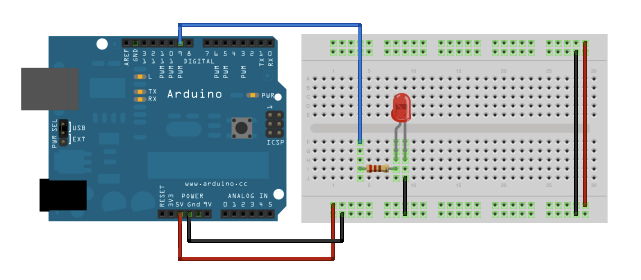

- #ARDUINO ANALOGWRITE FUNCTION HOW TO#
- #ARDUINO ANALOGWRITE FUNCTION UPDATE#
- #ARDUINO ANALOGWRITE FUNCTION FULL#
#ARDUINO ANALOGWRITE FUNCTION HOW TO#
In the coming tutorial, we will have a look at How to use Arduino PWM Pins. The analogWrite() sets the duty cycle and begins to output the wave. If you are feeling skeptical about anything, making it difficult for you to grab the basic idea, you can approach me in the comment section below. I'll be writing more articles on how to code Arduino. It is free of cost and help is readily available on the Arduino site in case you feel any difficulty in shaping the desired code on the board. It is an open source software, giving you the flexibility to program the Arduino Board as per your technical needs and requirements. The Arduino IDE is an official software used to program the Arduino Boards.
#ARDUINO ANALOGWRITE FUNCTION FULL#
"value" is the duty cycle that can be set anywhere between 0 to 255 where former indicates the OFF condition and later indicates the system is running at full speed.ĪnalogWrite(10, 175) Note: The analogWrite command doesn't return or store any value, unlike analogRead that returns value anywhere between 0 to 1023 depending on the voltage it gets in return from the connected sensor or device."pin" is the pin number you are targeting.Now let's have a look at How to use analogWrite Arduino command:.You can put any number, out of these pins. Arduino Uno comes with PWM pins available on digital pin number 3,5,6 and 9,10,11.And if the motor requires to be run at half speed, then you will set the value 127 or 128 - half of the maximum value that will cause the motor to be running at half speed.Similarly, setting value as "0" will be sending no signal and motor won't start.the maximum value it can handle that will ultimately run the motor at full speed. For example, if you intend to run the motor at full speed, you will set the value 255 i.e.The value you write on the PWM pins will control the speed.

The analogWrite comes handy when you plan to control the motor speed or the intensity of any LED.If the signal remains turned ON half of the total duty cycle and OFF in another half, then the duty cycle will be 50%.The duty cycle is described as the amount time the signal switches between ON and OFF condition.The PWM pins are 8-bit pins, terming that you can set the duty cycle somewhere between 0 -255.
#ARDUINO ANALOGWRITE FUNCTION UPDATE#


 0 kommentar(er)
0 kommentar(er)
